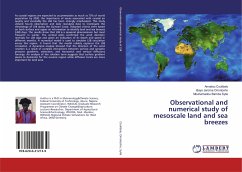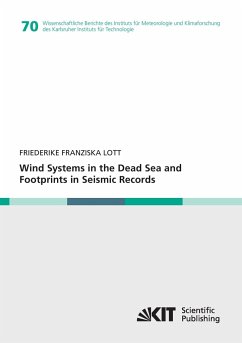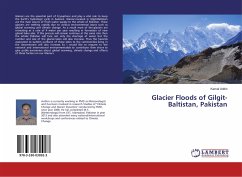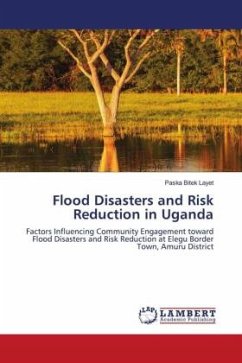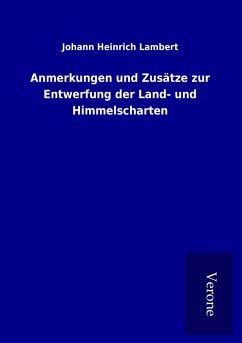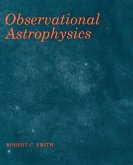As coastal regions are expected to accommodate as much as 75% of world population by 2030, the importance of issues associated with coastal air quality and inevitably the LSB has been strongly emphasized. This study utilized hourly observation and daily reanalysis data to investigate the climatology of LSB along the Guinean Coast. Adopted criteria were based on both surface and upper air information to identify land and sea breezes (LSB) days. The results show that LSB is a seasonal phenomenon but most frequent in winter. The vertical plots confirmed the wind direction reversals for LSB days and given an indication of its depth and speed in different months. A numerical model is used to simulate LSB circulation across this region. It found that the model reliably captures the LSB circulation. A dynamical analysis showed that the direction of the wind rotation is a result of complex interactions between surface and synoptic pressure gradients, advection, and horizontal and vertical diffusions forcings. An analysis of the rotation term suggests that surface gradient seems to dominate for the oceanic region while diffusion terms are more important for land area.
Bitte wählen Sie Ihr Anliegen aus.
Rechnungen
Retourenschein anfordern
Bestellstatus
Storno

